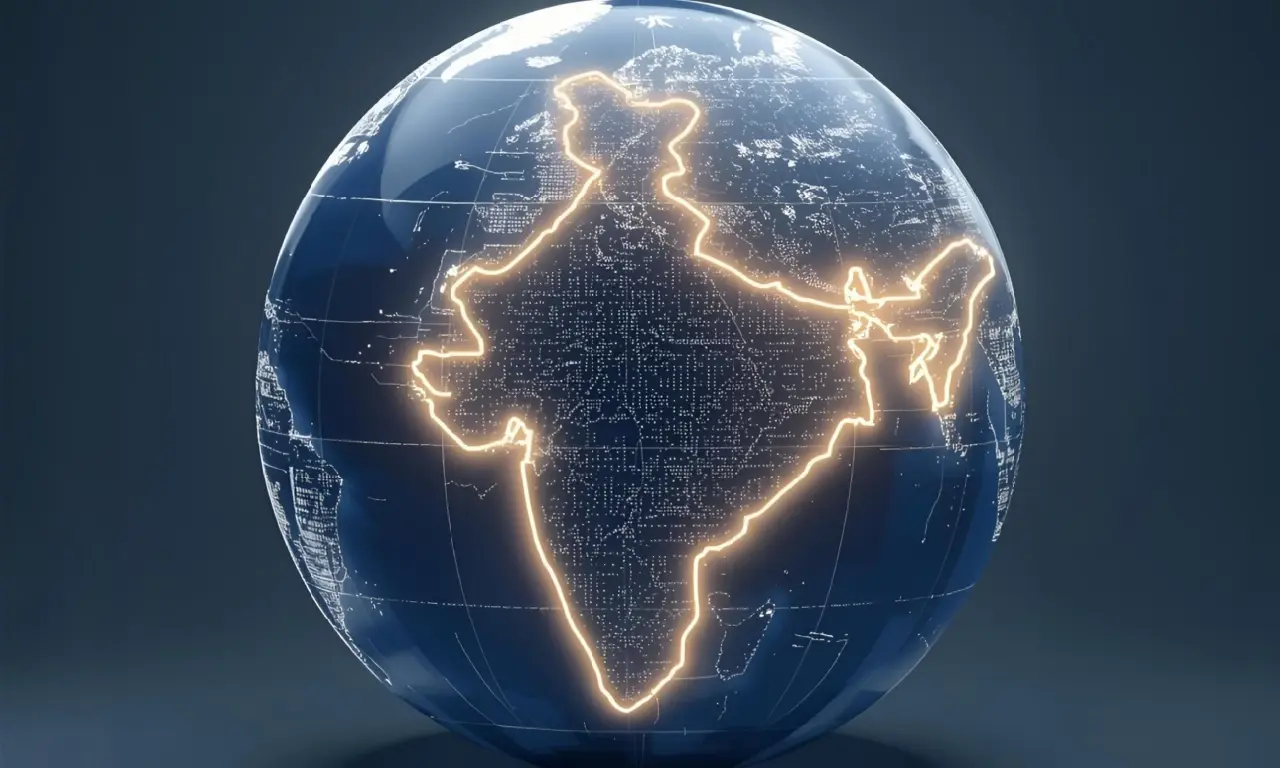India vs Global : What We Can Learn About EV Retail Financing

The success of electric vehicles worldwide has been shaped as much by financing as by technology. Batteries and charging infrastructure may capture headlines, but financing is what makes adoption possible at scale.
China has already crossed 30% EV penetration in new car sales, Europe is thriving on leasing models, and the US has leveraged captive finance arms backed by tax credits. India, meanwhile, is still in an early stage. EV financing penetration is around 60%, compared to 75–80% for conventional vehicles.
To understand where India can go next, it is useful to study how other regions structured their EV financing ecosystems and how their lessons can be adapted locally.
China: State-Backed Green Loans and Mass Leasing
China’s EV growth was built on more than subsidies. State-owned banks rolled out green loans with interest rates far below those for petrol or diesel cars. These loans had longer tenures and lower EMIs, making EVs affordable for middle-class families.
Leasing also became mainstream. Urban households preferred to lease, while fleets embraced battery-swapping models that separated the most expensive component the battery from the vehicle. This lowered both consumer anxiety and lender risk.
By 2023, EVs made up 30% of new car sales, and financing penetration crossed 80%. The lesson for India is clear: without public-sector banks taking an active role, and without OEMs stepping in to guarantee resale or battery performance, financing will remain fragmented.
Europe: Residual Value Guarantees and Leasing Culture
Europe has long been comfortable with leasing, and this culture gave EV adoption a powerful push. More than 40% of new cars are leased, and EVs slipped naturally into this model.
A defining feature was the rise of residual value guarantees (RVGs). Automakers like Volkswagen and Renault partnered with banks to promise a resale value at the end of the lease. For lenders, this reduced risk. For consumers, it meant lower monthly payments and no anxiety about uncertain resale prices.
Instead of relying on heavy subsidies, Europe combined tax rebates, green finance instruments, and RVGs. The result was a sustainable financing ecosystem where costs were predictable and adoption steady. India, where the resale market is thin and battery life uncertain, can learn from this approach by creating OEM-backed buyback programs and battery health certificates.
United States: Captive Finance Arms and Tax Credits
In the US, the financing engine has been captive arms run by OEMs themselves. Tesla Finance, GM Financial, and Ford Credit offer tailored loans and leases directly integrated into the buying process.
Federal tax credits of up to $7,500 reduced sticker prices further, but it was the combination of credits and captive finance that made adoption smoother. Fleet operators, in particular, benefited from structured packages that bundled finance, insurance, and maintenance.
By 2024, leasing accounted for more than a third of EV transactions in the US. The lesson for India is that relying only on NBFCs and fintechs is limiting. OEMs like Tata, Mahindra, and Ola should explore captive finance arms or joint ventures to embed financing into their sales strategy.
India’s Current Position
India’s EV financing ecosystem is still finding its feet. NBFCs and fintechs dominate, particularly for two- and three-wheelers, while large banks remain cautious. Financing penetration stands at 60%, well below ICE norms.
Some progress is visible. Tata Motors partnered with the State Bank of India to offer 100% on-road funding and longer tenures for passenger EVs. Ola Electric has worked with dozens of NBFCs to provide low-ticket EMIs starting from ₹2,000 for scooters, expanding reach into Tier-2 and Tier-3 towns.
But challenges persist. The resale ecosystem is almost non-existent. There is no standardized framework for battery health certification. Leasing and subscription models remain rare, partly due to regulation and partly due to cultural preference for ownership. Rural and semi-urban adoption continues to rely heavily on informal lending.
Comparative Lessons for India
Build Residual Value and Secondary Market Confidence
Europe’s RVGs show that resale guarantees can unlock affordable monthly payments. Without similar mechanisms, Indian lenders will keep LTV ratios conservative, raising EMIs. Establishing battery health reports and OEM buyback schemes is a priority.
Invest in Captive Finance
The US demonstrates the power of OEM-controlled financing. Captive or JV finance arms in India could streamline approvals, reduce dependence on NBFCs, and give OEMs more control over the customer journey.
Experiment with Leasing and Battery-as-a-Service
India’s consumer culture favors ownership, but leasing models could appeal to fleets, logistics operators, and young urban buyers. Battery leasing can also reduce upfront costs and EMI pressure, as seen in China.
Leverage Green Bonds and ESG Capital
China and Europe both tapped global green capital to fund EV loans cheaply. Indian NBFCs are only starting to securitize EV portfolios. With global ESG funds eager to invest, this could significantly lower the cost of credit.
Barriers to Replication
Adopting global best practices is not straightforward. India’s informal credit culture in Tier-2/3 cities makes it harder to scale formal loans. Secondary markets are underdeveloped, which complicates resale guarantees. Leasing and subscription still face regulatory hurdles, and banks remain wary of residual value risk.
These barriers underline the need for an India-specific model rather than a direct import of foreign frameworks.
The Path Forward: A Hybrid Model for India
India’s EV financing future will likely be a hybrid. Public-sector banks must play a bigger role, while OEMs experiment with captive arms. Residual value guarantees should be piloted in partnership with insurers and lenders. Fintech-led underwriting can expand credit access in semi-urban markets.
Most importantly, subsidies need to evolve into structural enablers from upfront discounts to frameworks that support resale values, battery health standards, and green financing instruments.
Conclusion
Financing has been the hidden engine behind every major EV success story worldwide. China built scale with state-backed loans, Europe reduced risk with RVGs and leasing, and the US embedded finance into OEM sales arms. India, by contrast, is still subsidy-driven and fragmented.
The next five years will be decisive. By blending global lessons with local innovations, India can move from today’s 60% financing penetration to levels that match or exceed ICE vehicles. OEMs and lenders that treat financing as a core part of their sales strategy not an afterthought will be the ones to lead India into its EV future.
FAQs
Q1. Is EV financing a problem in India?
Ans. EV financing in India faces challenges across vehicle categories due to the nascent electric mobility ecosystem. Concerns over technology, long-term economics, and resale value make financial institutions perceive EVs as riskier than ICE vehicles.
Q2. Which segment is leading the EV financing market in India?
Ans. In India, electric two-wheelers are leading the EV financing market, driven by rising sales and strong consumer interest. SMEV data shows E-2 Wheeler sales soaring from 2,005 units in FY 2017-18 to 944,126 units in FY 2023-24.
Q3. Is India transforming the electric vehicle market?
Ans. The global EV market has rapidly grown over the past decade, evolving from a niche segment to a mainstream automotive force. While nations like Norway, China, and the U.S. lead in adoption, India is following its own distinct trajectory.








